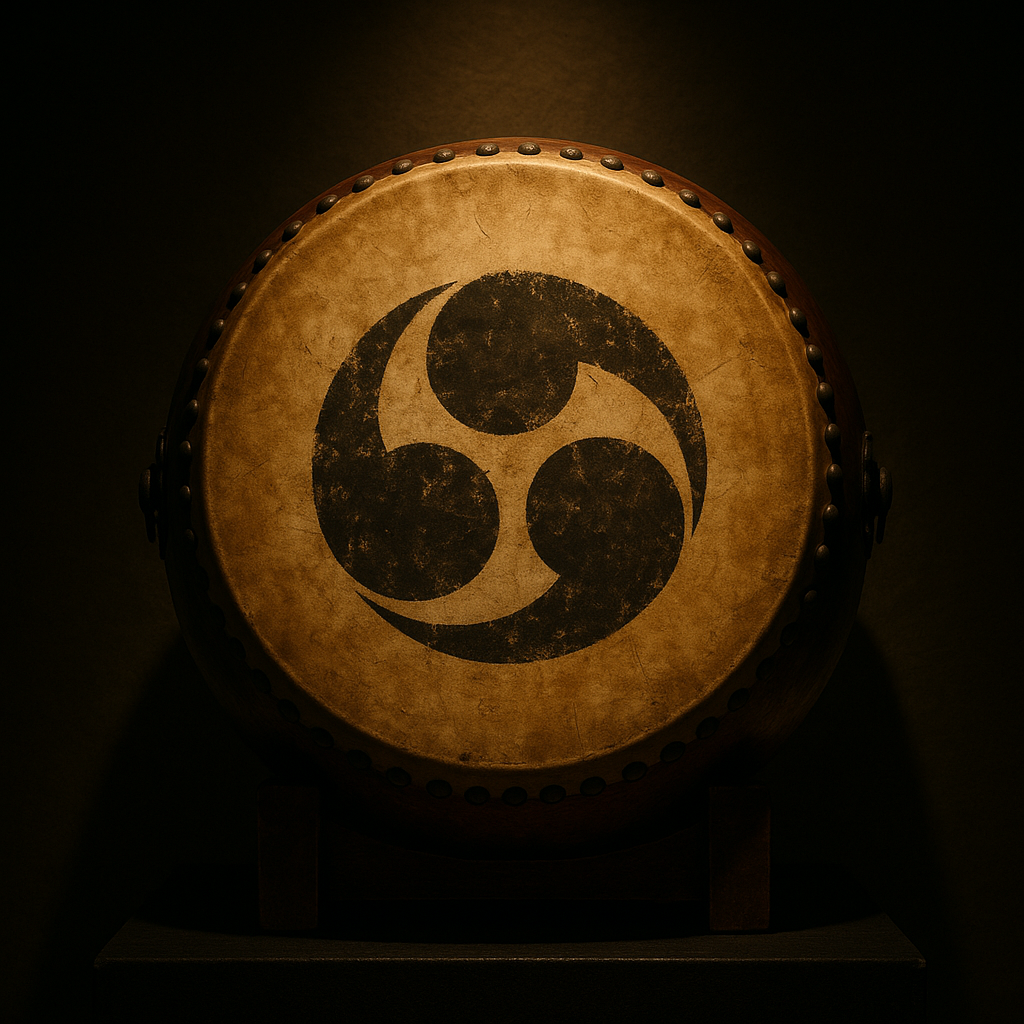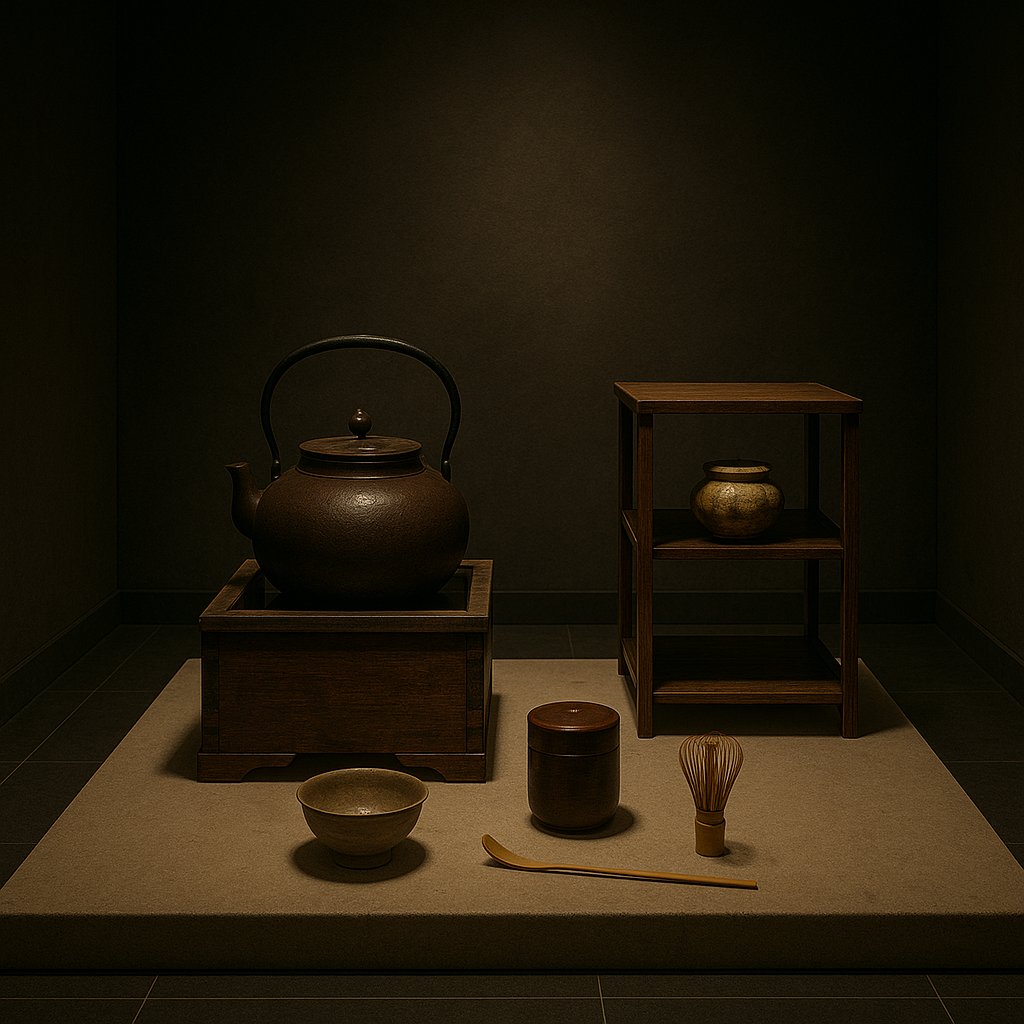
Muromachi (Ashikaga) period 7 Sengoku Era
Fires, Flowers and Feudal Lords: The Muromachi Period’s Cultural Bloom Amid Civil War

Fires, Flowers and Feudal Lords: The Muromachi Period’s Cultural Bloom Amid Civil War

When last we left off, the Kamakura bakufu crumbled under the weight of Mongol invasions, internal strife and Go‑Daigo’s rebellious dreams. Ashikaga Takauji seized the moment and, after some dramatic backstabbing, marched into Kyoto to establish his own military government. The court followed him into a new district of the capital—Muromachi—giving this era its name. Thus begins the Muromachi period (1336–1573), also known as the Ashikaga period. If Kamakura was the age of samurai consolidation, Muromachi is the age of fracture and fusion: a time when poets and painters thrived even as warlords burned cities to the ground. The Muromachi years are notoriously complex. For nearly half a century, two rival imperial courts—the northern and southern—fought for legitimacy. Even after the Ashikaga shoguns unified the throne, their authority remained precarious. Feudal lords (daimyo) carved out semi‑autonomous domains, leading to century‑long civil wars. Yet amid the chaos, Zen monks brewed the tranquil ritual of the tea ceremony, artists perfected ink painting, and dramatists crafted the ethereal world of Noh theatre. It’s an era where you could attend a tea gathering in the morning and, by afternoon, watch your neighbour’s castle go up in flames.
The Muromachi period embodies the paradox of Japanese history: artistic refinement thriving amid political upheaval. The Ashikaga shoguns never achieved the centralized power of their Kamakura predecessors, yet they fostered cultural innovations that define Japanese aesthetics to this day. The graceful arcs of Noh masks, the muted tones of ink wash landscapes, the contemplative stillness of Zen gardens and the ritualised sipping of matcha all trace their lineage to this era. Even flower arranging and tea rooms speak to a search for order and beauty in a world otherwise consumed by flames. At the same time, the Onin War shattered Kyoto and inaugurated a century of Sengoku chaos. Castles dotted the countryside; alliances shifted like sand; peasants bore the burden of endless warfare. European guns and Christian missionaries added new elements to the mix. The Muromachi period ended with Oda Nobunaga bulldozing the old order, clearing the path for national unification under Hideyoshi and the Tokugawa. Our journey from prehistoric Jōmon cord‑marked pots to the Ashikaga’s gilded pavilions shows a society in constant motion—sometimes backward, often sideways but always creating anew. As we move onward to the Azuchi–Momoyama period, watch how Nobunaga’s brutal energy and Hideyoshi’s ambition transform Japan yet again. Expect castles to grow taller, swords to flash brighter and tea huts to become sanctuaries of tranquility amid conquest.